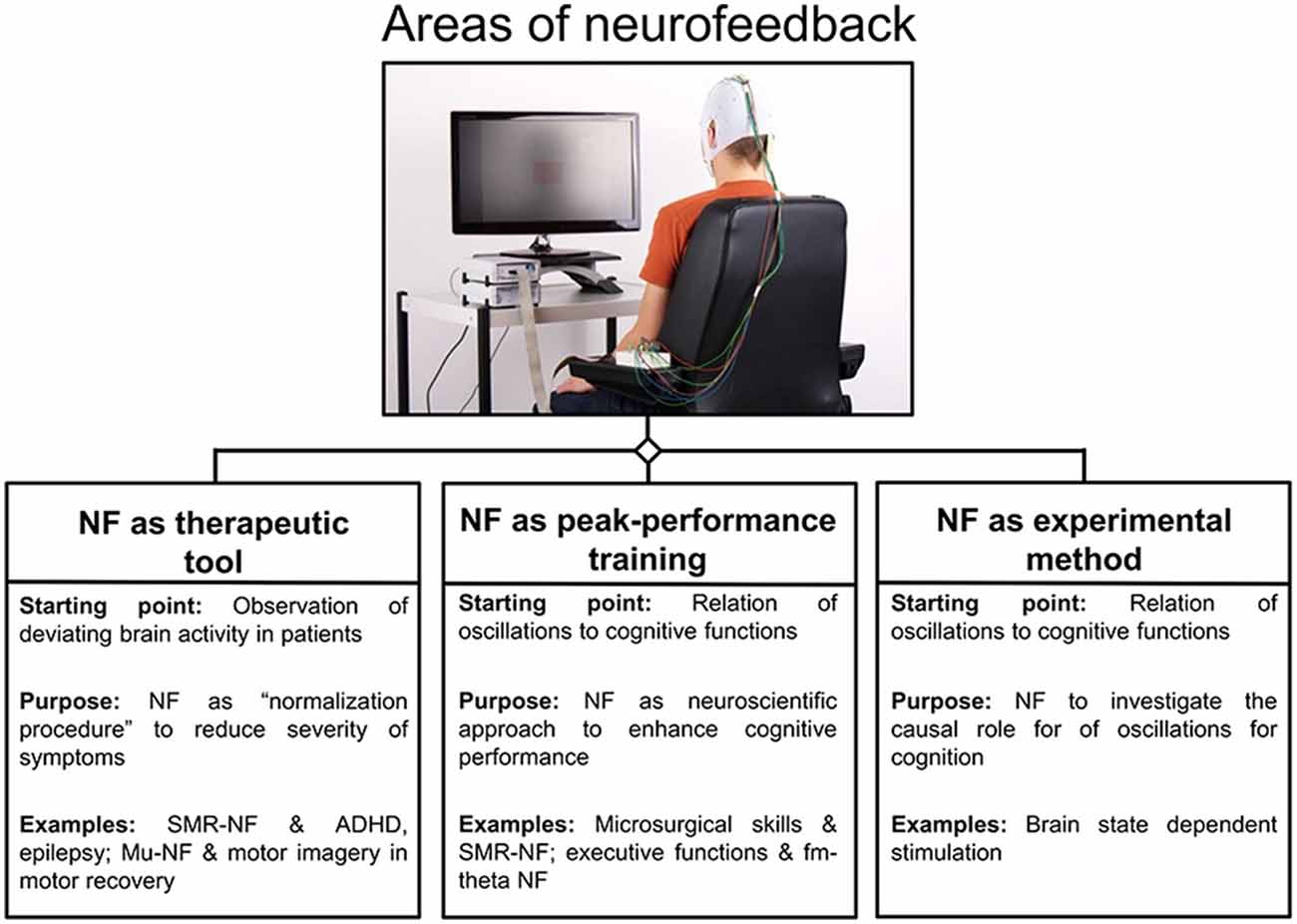Neurofeedback|Learning Neurofeedback, also called EEG biofeedback or neurotherapy, is a research study tested method to help you enhance your brain function through intensive brain training exercises. Although the innovation is quite advanced, the procedure is simple, pain-free, and non-invasive. It is simply learning. You discover to modify your brain activity the same method you find out every other skill-- through feedback and practice.
Every half 2nd, your brain activity is compared to your targets for modification. You get a signal and "reward" when you satisfy the goal. No signal or reward when you do not. In 20 neurofeedback sessions, with feedback every half second, you get 72,000 possibilities to learn. That's a lot of repetition and practice.

How Learning Challenges can Save You Time, Stress, and Money.
Neurofeedback for discovering impairments enables you to reshape information processing networks in your brain. Find out more about neurofeedback. Research on the efficiency of neurofeedback for finding out specials needs remains in its early phases. A couple of small studies have been completed revealing that neurofeedback can be beneficial in several types of discovering impairments, including difficulties with reading and mathematics.
At the Neuro Advancement Center, we have worked with lots of kids and adolescent clients with learning troubles. We have actually consistently discovered it to be useful. We recommend neurofeedback when standard instructional practices and tutoring do not resolve the problem. Neurofeedback for learning specials needs is frequently particularly useful with the difficulties with aggravation, irritability, anger, anxiety, and mood that extremely often accompany learning impairments.
The Buzz on Neurofeedback
At the Neuro Advancement Center, we measure the activity of brain networks vital for discovering. This allows you to see the factor for your problems. The image listed below shows the problem for among our clients with dyslexia-- a reading discovering disability. The location displayed in red shows dysfunction in brain areas included in info processing for reading.
This allows you to improve information processing networks in the brain. Dan's Mama described her boy's experience with neurofeedback: My child is ten years old and has been identified with non-verbal learning disorder. He was challenged every day to manage his emotions and handle his frustrations with daily scenarios. He would become really upset when he perceived circumstances as unreasonable or negative ... He would end up being overly aggressive, (showed) ragelike habits, and (was) extremely defiant to everybody.
Getting The Learning Challenges To Work
He is now handling the same scenarios with grace. He is managing the loss of football video games and recess at school without occurrence. He is a much better pal and is in better control of his emotions. -C.L., North Providence, RINoah's Mom explained her boy's experience with neurofeedback: My boy has NLD and attention concerns in addition to social pragmatic deficits and sensory combination dysfunction.
Neurofeedback has actually assisted Noah make extraordinary development in his ability to organize himself. He is now able to get himself dressed with little or no management. He is coping successfully in a regular education classroom setting. He is working out judgment and is not as quickly led into disruptive or confrontational situations.
Our Learning Challenges Statements
We are extremely pleased with his progress and strategy to continue the treatment. -C.Z., Barrington, RI Contact Us .

An approximated 4.6 million school-aged children in the United States today have actually been diagnosed with a knowing disability, making scholastic life so much more tough than for an average trainee. The anxiety and tension that results from not staying up to date with the material discovered in school and carrying out badly on tests can take a toll on children and their households.
The Ultimate Guide To Neurofeedback
Learning disabilities are neurologically-based disorders, meaning they stem from a root problem with brain function. Neurofeedback targets areas in the brain naturally by retraining the brain to function at an optimal level without using medications. An initial brain map of the patient shows where the brain is having trouble functioning, and from there, protocol is established to particularly re-train the brain to operate at its finest.